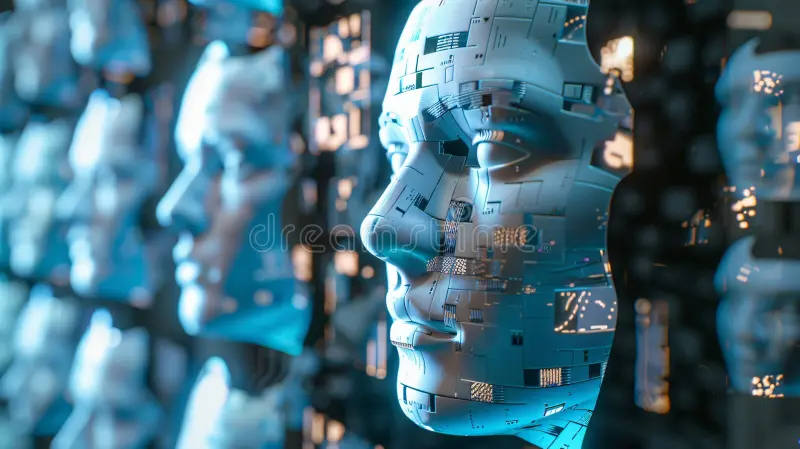Low-Code vs. No-Code Platforms: What Should Developers Learn in 2025?
In the ever-evolving world of technology, coding remains a skill in high demand. Yet, as we venture into 2025, two new players have emerged on the scene: low-code and no-code platforms. These innovative tools are reshaping how software is developed and who gets to do it. Imagine creating applications without diving deep into complex programming languages or spending hours writing lines of code.
As businesses strive for agility and efficiency, these platforms offer an attractive solution that bridges the gap between technical know-how and business needs. But what does this mean for developers? Should they focus their energy on mastering these platforms, or stick with traditional coding practices? Let’s explore the rise of low-code and no-code development together, assess their merits and limitations, and discover what skills will be essential for developers in the near future. The landscape is changing fast; stay ahead of the curve!









